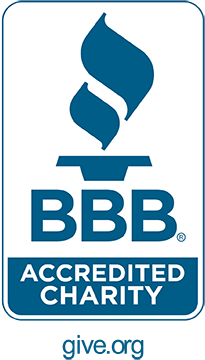Since its inception in 2005, the Productive Safety Net Program (PSNP) has been a cornerstone of the Ethiopian government’s strategy for poverty alleviation, disaster risk management, and rural development. The PSNP provides food or cash transfers targeted to poor households in the form of payments for seasonal labor on public works or as direct support to households. It has played an important role in improving the lives of poor Ethiopian households by reducing household food insecurity, increasing asset holdings, and improving agricultural productivity (Berhane et al. 2014; Hoddinott et al. 2012).
The Strengthen PSNP5 Institutions and Resilience (SPIR II) Resilience Food Security Activity (RFSA) in Ethiopia is a five-year project (2021–2026) that supports implementation of the fifth phase of the Productive Safety Net Program (PSNP5) in the Amhara and Oromia regions and provides complementary livelihood, nutrition, gender, and climate resilience activities. Activities under SPIR II are organized into three purpose areas: 1) sustained nutrition security, 2) reduced livelihood risk, and 3) strengthened social safety nets. World Vision, with funding from USAID’s Food for Peace (FFP) Initiative and in close collaboration with the Government of Ethiopia, leads implementation of the SPIR RFSA in partnership with the Organization for Rehabilitation and Development in Amhara (ORDA) and CARE.
IFPRI is leading the SPIR II learning agenda in close collaboration with the implementation partners, and as part of this learning agenda, conducted a series of formative studies in the first year of program implementation. The objective of this formative qualitative investigation was to learn more about the challenges linked to youth education in the secondary school period, given the evidence that there is a dramatic drop-off in enrollment in this stage of education. Ministry of Education statistics show that gross enrollment rates plummet from 88 percent to 53 percent (Amhara) and from 102 percent to 35 percent (Oromia) between primary (grades 1 through 8) and secondary (grades 9 to 12). There is also evidence of a gender gap in secondary school enrollment, though the gap is not large: nationwide, the gross enrollment rate of boys in secondary school is 44%, compared with 40% for girls (Ministry of Education 2021).
IFPRI’s investigation focused on the following research questions:
- What are the primary obstacles to enrollment in secondary school for youth in rural communities, as perceived by youth themselves and their parents and teachers?
- Are there differential barriers to enrollment that are particularly salient for female youth
- Do parents of youth and youth who are enrolled in school perceive that this education is high-quality and conducive to their future educational or professional goals for their child (if parents) or themselves?
- What interventions might shift households’ and youths’ decisions around secondary school enrollment?





